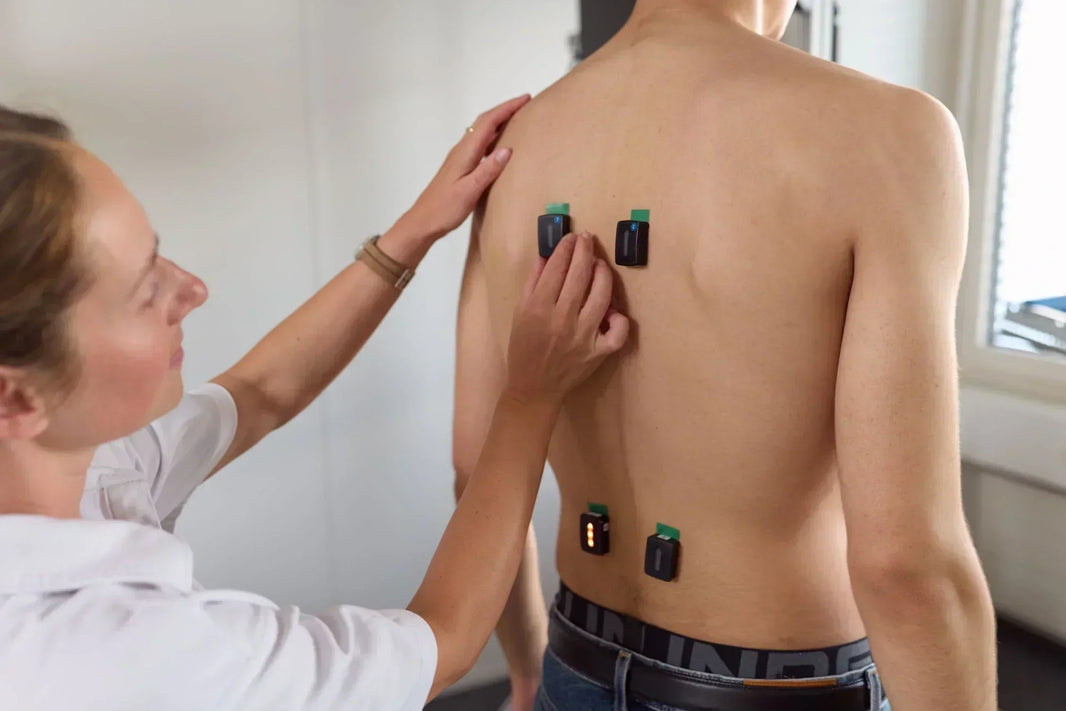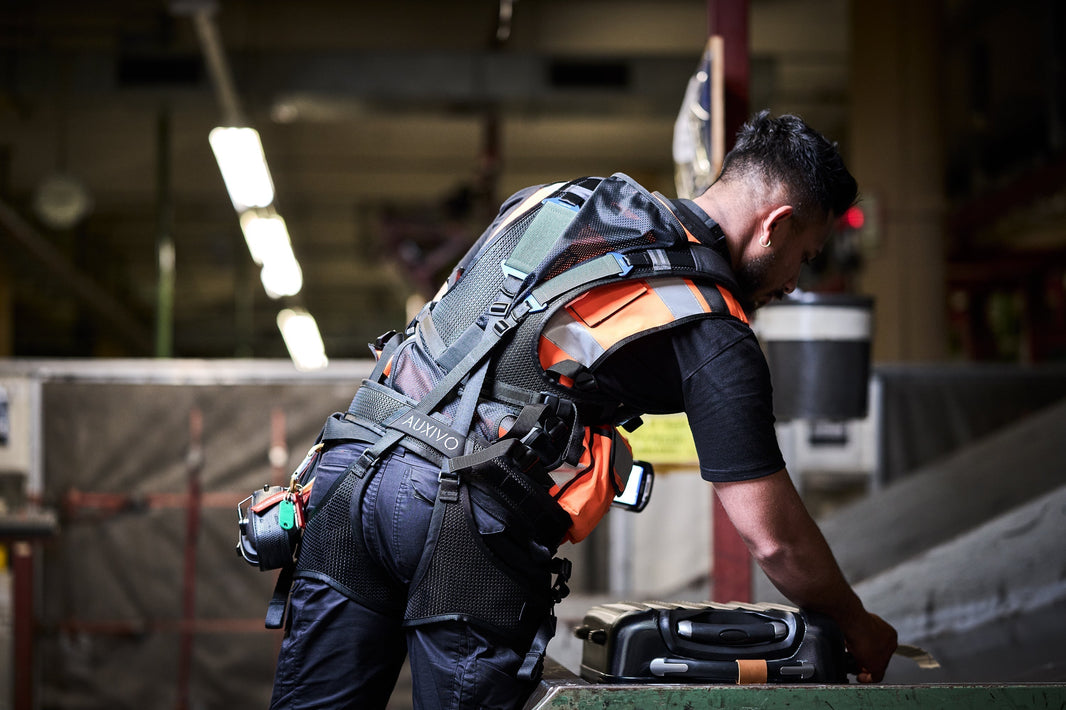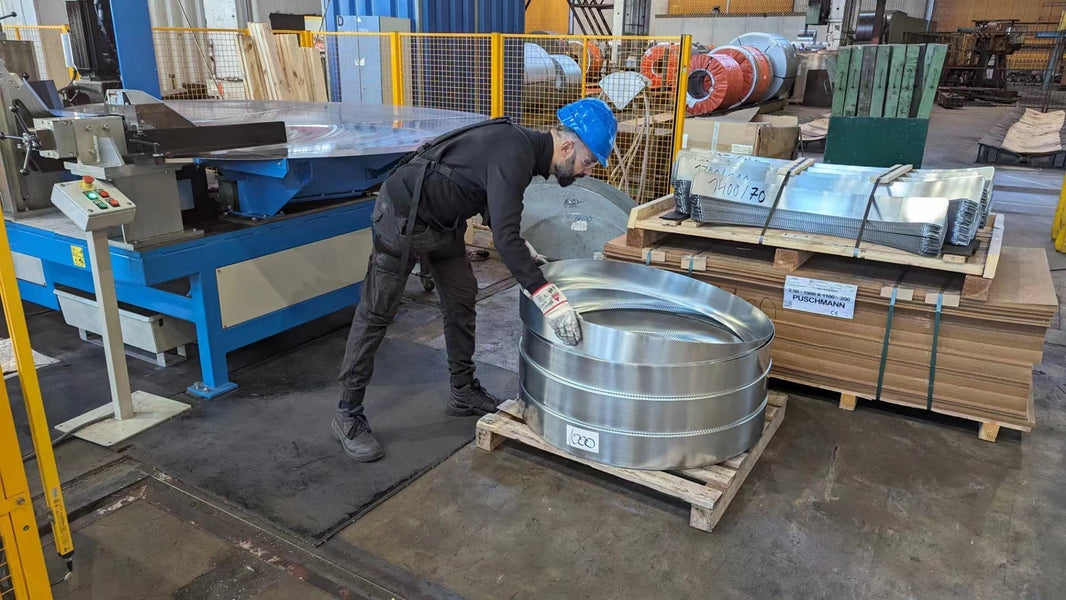In recent years, the integration of wearable robotics—particularly industrial exoskeletons—has gained significant traction across sectors like manufacturing, logistics, construction, and warehousing. These devices promise to reduce strain on workers, improve safety, and boost productivity. However, amid the excitement around their potential, one critical implementation step is often overlooked or undervalued: the ramp-up period.

A carefully planned ramp-up period is not just beneficial—it’s essential to ensuring the successful, sustainable adoption of exoskeletons. Here’s why this transitional phase matters so much and what it looks like in practice.
1. The Human Body Needs Time to Adapt
Unlike simple tools or protective gear, exoskeletons interact with a worker’s body in a more intimate and dynamic way. These devices are designed to augment strength, reduce muscular fatigue, and improve posture. But they also alter biomechanics and load distribution, which means muscles and joints may be used in unfamiliar ways.
Even passive exoskeletons that don’t rely on motors or batteries can subtly shift how force is applied through the body. Without a gradual adaptation period, users might experience discomfort, soreness, or even new types of strain—defeating the very purpose of the device.
A ramp-up period allows the body to adjust incrementally. Just as athletes don’t jump into a new training regimen at full intensity, workers need a period of partial use and rest to build comfort and confidence.

2. Building Trust and Reducing Resistance
The introduction of any new technology in the workplace can spark uncertainty. Workers may be skeptical of exoskeletons, viewing them as intrusive, uncomfortable, or even threatening to job security. Pushing immediate, full-scale deployment without input or adjustment can amplify that resistance.
A ramp-up period helps earn trust. It gives workers time to experience the benefits firsthand while providing a forum to share feedback and voice concerns. Involving workers in the evaluation process empowers them and promotes a sense of ownership, which in turn increases adoption rates.
Think of the ramp-up as a two-way learning period: workers learn how to use the equipment effectively, and management learns how to support that use better.

3. Opportunity for Training and Best Practice Development
Even the most intuitive exoskeletons require training. Workers need to understand how to put the device on properly, adjust it to their body, and use it within the context of their specific tasks. Without this foundational knowledge, misuse can lead to reduced effectiveness—or worse, injury.
A ramp-up period gives time for structured training and the development of best practices. It also allows companies to identify potential pitfalls or areas where usage may not align with workflow needs.
During this time, safety personnel and ergonomics teams can gather insights and refine protocols. For example, how long should a worker wear the exoskeleton in one shift? Should use be task-specific or continuous? What maintenance and hygiene practices are needed?
None of these answers are one-size-fits-all, and the ramp-up period provides the breathing room to figure them out.

4. Collecting Data and Measuring Impact
Introducing exoskeletons is a business decision as much as a safety one, and stakeholders will naturally want to see return on investment (ROI). But ROI isn’t always immediate. Metrics like reduced fatigue, improved posture, and lower injury rates take time to show meaningful trends.
A ramp-up phase is a chance to collect baseline data and then measure improvements over time. Are workers reporting less discomfort at the end of the day? Is there a noticeable drop in missed work due to musculoskeletal issues? Are productivity rates increasing on tasks where exoskeletons are used?
Having these metrics not only justifies the investment but also informs decisions about expanding or modifying deployment.

5. Customization and Iteration
No two workers are exactly alike, and neither are their tasks. What works well for one team may not for another. The ramp-up period is a chance to test different models, sizes, or settings. It’s also an opportunity to explore what combination of exoskeletons and other ergonomic tools delivers the best results.
For instance, a logistics worker lifting boxes might benefit from a back-support exoskeleton, while an overhead assembly worker might need shoulder support. Iterating during the ramp-up ensures that the right solutions are matched to the right roles.
This period also helps identify when not to use an exoskeleton. Some tasks may not see meaningful benefit, or the added equipment could hinder performance. These insights are invaluable for building a nuanced, effective exoskeleton program.

Final Thoughts
Exoskeletons hold real promise for transforming physical labor. They offer tangible benefits in terms of injury reduction, worker well-being, and operational efficiency. But like any major change, their success depends on thoughtful implementation—and that starts with a well-structured ramp-up period.
By giving workers time to adapt physically and psychologically, enabling proper training, gathering real-world data, and refining best practices, companies set the stage for long-term success. Rather than rushing to deploy at scale, a phased, feedback-driven approach ensures that exoskeletons become a truly supportive tool, not just another piece of equipment.
So if you're considering integrating exoskeletons into your workforce, remember: slow and steady really does win the race.
Related article : IronHand: The World's First Powered Soft Hand Exoskeleton







